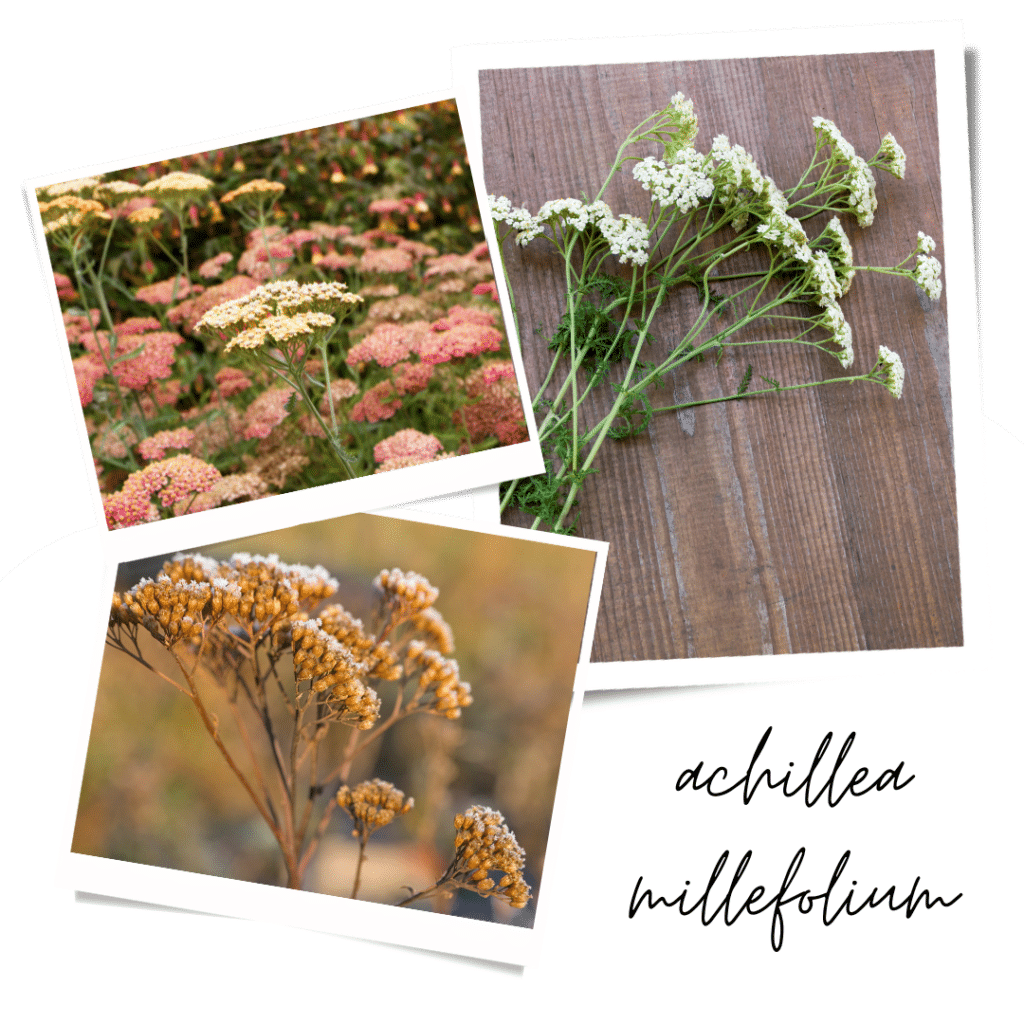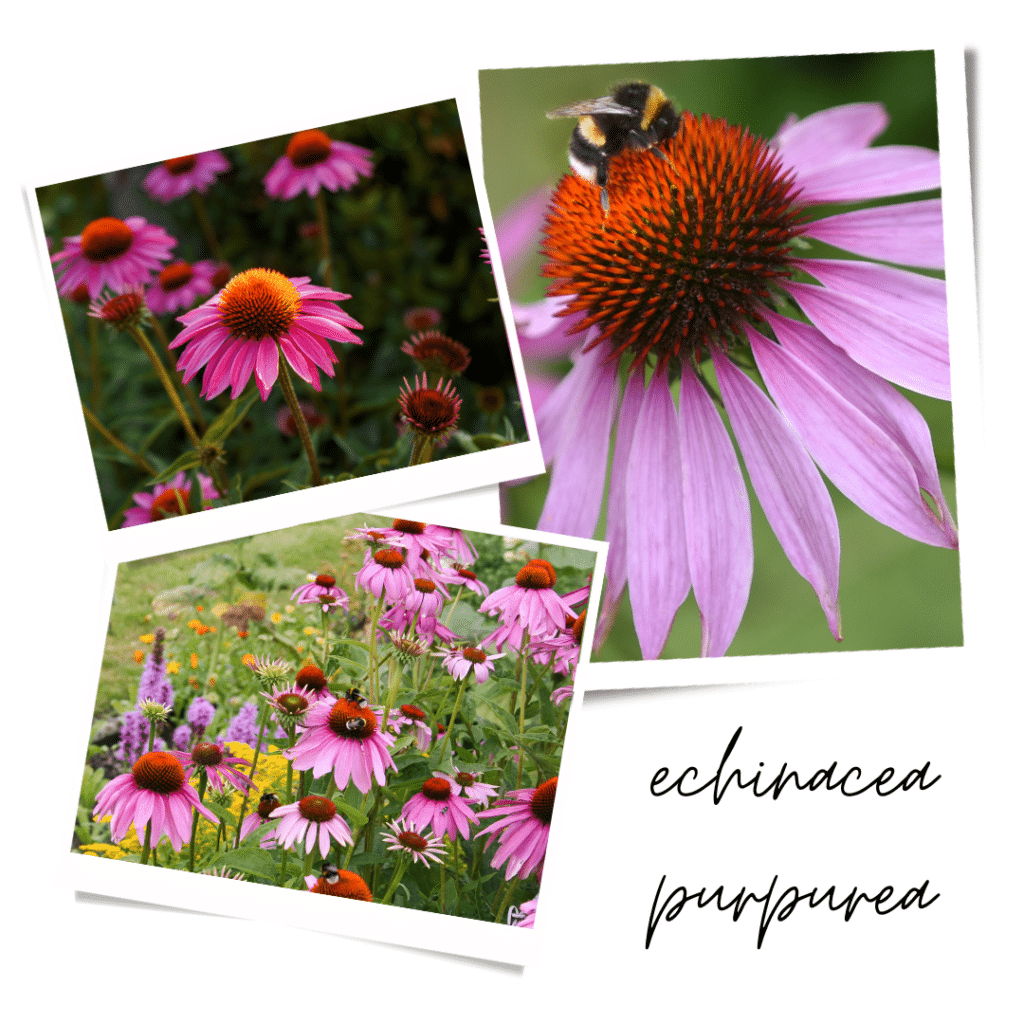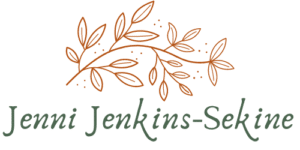The Roots of Remedies Lemon balm, Echinacea, & Yarrow
Table of Contents
The history of plant medicine is a testament to the wisdom and resilience of humanity. From the Neolithic to modern times, across continents and cultures, the use of plant medicine has been an integral part of human existence. It has been passed down through generations, carried by healers, shamans, and traditional practitioners who have meticulously preserved and shared their knowledge of the medicinal properties of plants. Their wisdom and history have laid the foundation for our understanding and appreciation of plant medicine today, and it is our responsibility to acknowledge and honor the lineage of those who have carried and continue to carry this precious gift to us all. This post will briefly outline the histories of the medicinal plants, Yarrow (achillea millefolium), Echinacea (echinacea purpurea), and Lemon Balm (melissa officinalis).

Common Yarrow
Common Yarrow, achillea millefolium, has a rich and fascinating history that spans hundreds of thousands of years and is a powerful plant when considering nature-based first aid (Brogle, 2015). Known for its feathery leaves and clusters of small, white flowers, this perennial herb has been used by humans for centuries for its medicinal properties (Rey-Vizgirdas). The use of Common Yarrow as an anti-inflammatory and antiseptic herb dates back to ancient times, with evidence of its medicinal use found in archaeological remains from as early as the Neolithic period (Brogle, 2015). Yarrow earned its Latin name, achillea millefolium, from the mythical Greek soldier Achilles (Moyd, 2022). Achilles learned about the medicinal benefits of yarrow from a centaur named Chiron and used the herb to heal his soldiers on the battlefield (Moyd, 2022).
In North America, Native American tribes have used yarrow for its healing properties, including as a poultice for wounds and an infusion for digestive ailments. In European folklore, yarrow was believed to have protective and divinatory powers, and it was commonly used in herbal remedies for a variety of ailments ranging from colds to wounds. It was even called “soldier’s woundwort” due to its historical use on battlefields to treat wounds (Moyd, 2022). Today, Common Yarrow continues to be valued as a versatile and potent plant medicine, carrying with it a long and storied history of traditional use.

Echinacea Purpurea
Echinacea, commonly known as purple coneflower, originated in North America and has been used by indigenous peoples for centuries for its immune-boosting properties (Hostettmann, 2003). This plant was named by the famous Swedish botanist, Carl Linnaeus, after another botanist, Olaf Rudbeck (Hobbs,1994). The Native American tribes of the Great Plains, such as the Sioux and Cheyenne, utilized echinacea as a traditional herbal remedy for various ailments, including respiratory infections, wounds, and snakebites. The plant was also revered for its spiritual significance and was used in ceremonies and rituals.
In the late 19th century, Echinacea gained popularity among Euro-American settlers who adopted it from Native American knowledge and began incorporating it into their own folk medicine practices. Since then, Echinacea has been the subject of extensive academic research, with scientists studying its chemical composition, pharmacological properties, and potential health benefits (Hobbs, 1994). Today, Echinacea is widely recognized and used as a popular herbal remedy for immune support and overall well-being, a testament to its enduring historical significance and continued relevance in modern herbal medicine (Hostettmann, 2003).

Lemon Balm
Lastly, lemon balm has also been utilized since ancient times and was particularly held in reverence by Greek beekeepers (Bumb, 2008). The first part of the Latin name for lemon balm, which is Melissa officinalis, means ‘bee’ & was given to it by the famous Swedish botanist Carl Linnaeus (Engels, 2017). Most commonly, lemon balm has been used to calm and sooth people and ailments. The ancient Greek physician Dioscorides and the ancient Arab physician Avicenna reported that lemon balm could be used to calm nervous disorders (Bumb, 2008). Later on in history, in the High Middle Ages Lemon balm was among the 165 medicinal plant species used by Carinthian monks (Engles, 2017). by 1200, Christian hermits who were residing in the caves of Mount Carmel developed Carmelite Water after realizing the powerful medicinal properties of lemon balm (Engles, 2017). The use of lemon balm spread across Europe by the early 1600’s and kings such as King Charles V and the Prince of Glamorgan drank daily lemon balm infusions because of its healing benefits (Jones).
In conclusion...
The history of medicinal use of lemon balm, echinacea, and yarrow is rich and diverse, spanning centuries of human civilization. From ancient civilizations to modern times, these three plants have been recognized for their potential health benefits and have been utilized in various medicinal preparations to treat various ailments. Lemon balm, with its calming properties, echinacea, with its immune-boosting effects, and yarrow, with its anti-inflammatory properties, have all played significant roles in traditional medicine and continue to be studied for their potential therapeutic applications. Karen Culpepper stated that “we are in a unique and beautiful position to bring cultural competence to the healing space” and as we continue to explore the fascinating world of medicinal plants, the historical use of lemon balm, echinacea, and yarrow reminds us of the enduring human quest for health and healing through nature’s pharmacy.





